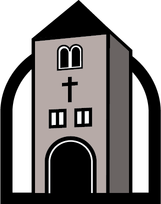| dc.description.abstract | John F. Brug’s essay critically examines the assumptions and limitations of scientific dating methods, particularly radiocarbon (C-14) dating. He explains the principles behind C-14 formation, decay, and measurement, noting that while the method appears objective, it relies on assumptions about the constancy of the earth’s carbon reservoir and decay rates. Brug highlights factors that can distort results, including fossil fuel emissions, nuclear testing, geomagnetic and climatic changes, isotopic fractionation, and laboratory inconsistencies. He also critiques dendrochronology (tree-ring dating) as a calibration method, noting uncertainties in ring formation. Additional concerns include sample contamination, subjective data rejection, and inconsistent reporting. Brug briefly discusses thermoluminescence (TL) dating of pottery, acknowledging its potential but emphasizing its current unreliability due to wide error margins. He concludes that while scientific dating methods offer useful tools, their results must be interpreted cautiously and critically, especially in archaeological and historical contexts.
Abstract prepared by Microsoft Copilot (GPT-4). | |
